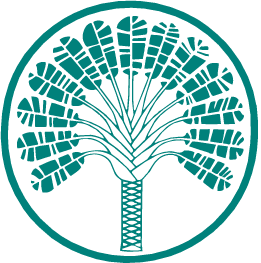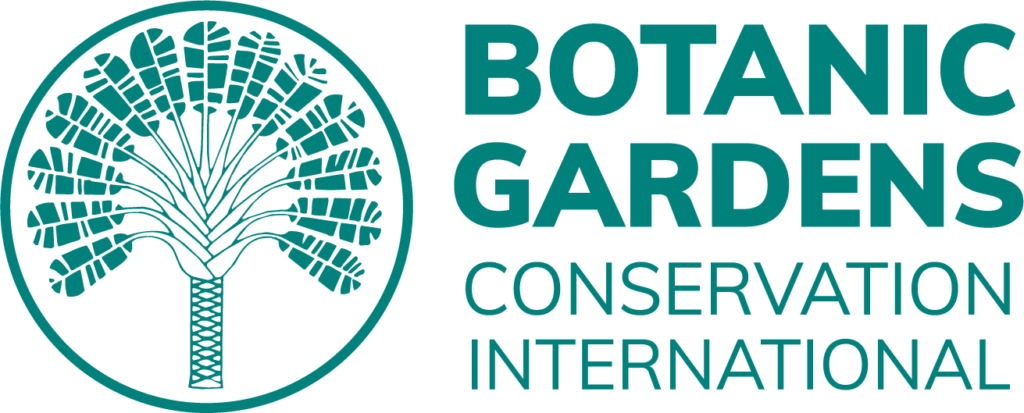- Species
- Cavanillesia chicamochae
Cavanillesia chicamochae

Where is this tree found?
The Cavanillesia chicamochae, called with the common name Ceiba Barrigona , is only found in the Chicamocha Canyon in Santander, Colombia, being one of the endemic species of this regions.
The population extent for Cavanillesia chicamochae has been estimated at 97,200 hectares (972 km2), which corresponds to only a small part of the total area of tropical dry forest in the middle valley of the Chicamocha Canyon. The known occupancy area is reduced to only 251 Km2, in less than five locations.
Why save this tree?
The Ceiba Barrigona grows only in the tropical dry forest of the Chicamocha Canyon, one of the most fragile ecosystem, characterized by high temperatures, water deficiency and very erosive slopes. The species faces a high risk of extinction or population decline in the wild in the near future.
Despite being considered the flagship tree species of the Santander department, it is illegally harvested and commercialised, mainly as ornamental due to its odd shape, and big specimens are cut for canoe construction.
The tree provides many ecosystem services to the dry forest: it prevents erosion, seeds and seedlings are water treasures for the local fauna, mature individuals represent resting spots offering shadow in a place where temperature can be very high.
The main threat for the species is the free grazing of goats, which has become very common in the Canyon, and almost a new identity for the Santander department. Goats are despoiling the habitat and eating fruits and seedlings, preventing natural regeneration.
How to save this species
A key component of this project will be to promote the idea of “know your biodiversity to conserve it”, with different programmes to introduce the Chicamocha Canyon, the environmental problematic and the endemic species. Considering that the Ceiba Barrigona is the flagship species of Santander, we want to align our objectives with ecotourism, as an essential tools for environmental restoration.
A propagation and reintroduction programme will be implemented, identifying areas goats-free and protected areas, and creating conservation nurseries for the species.
A systematic, cost-effective, and rational approach
- Seeds collection
- Establishment of conservation nurseries for seedlings propagation
- Engaging in reforestation efforts and management of restoration areas
- Continue protection in-situ
- Involving local communities in conservation efforts, through awareness and ownership creation
- Preserving through sustainable tourism: safeguarding natural environments and ecosystems through the promotion of eco-friendly tourism practices that ensure the long-term well-being of both the environment and the communities that rely on it
Partners for Cavanillesia chicamochae

Sponsors for Cavanillesia chicamochae



